많은 유치원 교실을 관찰하는 동안 나는 발달적으로 적합한 실제 혹은 구성주의 교육과정과 다른 범위들에 의해 충돌되었다. 조기교육의 정의로써 널리 보급된 DAP(developmentally appropriate practice)를 받아들이게 됨으로써 놀이 중심의 교육과정에 대한 주장은 ‘politically correct(정치적으로 공정한)"가 되었다. 그러나 많은 교사들은 놀이의 중요성을 강조하는 DAP를 받아들이지 못하거나 진정으로 이해하지 못한다. 결국 교사들은 politically correct의 개념을 그들 자신의 믿음과 이해로 받아들인다. 내가 관찰했을 때 문제점은 교사가 종종 다른 방법으로 놀이중심의 교육과정의 개념을 해석하고, 모순된 교실의 실제에서 다양하게 이런 해석을 표현한다는 것이다. - 그들은 그들이 DAP에서의 중요한 방법에서 벗어난다 할지라도 모든 것을 “놀이중심의 교육과정”이라고 부를 것이다. 그 결과 웅변술의 수준은 일치하였지만, 교실에서 아이들 경험의 실제 수준은 불일치했다. 유아가 질 높은 조기 교육을 경험하는데 바람직한 것은 무엇인가에 대한 토론에 더 초점을 맞추어 이 책에 쓰겠다. 그와 더불어, 나는 교육과정안에 놀이를 혼합시키는 방법의 4가지 다른 해석을 보이는 교실의 4가지 유형을 진술하겠다.
Classroom Type A : Play is peripheral to learning and academic work.
(놀이는 학습과 교육 활동에 있어서 중요하지 않다.)
Classroom Type B : Play is disguised academic work.
(놀이는 교육적인 활동으로 위장되었다.)
Classroom Type C : Play is integrated with social and emotional development.
(놀이는 사회 발달과 정서 발달이 통합된 것이다)
Classroom Type D : Play and work are integrated with social, emotional, moral, and intellectual development.
(놀이와 활동은 사회, 정서, 도덕, 인지 발달이 통합된 것이다.)
이러한 유형의 묘사는 수많은 교실 관찰에 근거하였고 이 유형들은 어떤 한 교실이나 특별한 교실의 묘사가 아니라 혼합된 것이다. 보통 섞여 있지 않은 각 유형의 교실들을 찾지만, 아마 유형이 혼합되어 있는 교실을 찾는 것이 더 일반적일지 모른다. 비록 나는 전체로써 교실 유형을 성격지으려고 노력했음에도 불구하고, 어떻게 집단 활동 시간이 수행되는지에 초점을 맞추었다. 집단 활동 시간에 유아들은 많은 다른 활동들을 동시에 할 수 있다. 4가지 유형의 묘사에서는 교구, 활동, 교사의 역할을 다루었다. 또 나는 나의 구성주의적 관점으로 각 유형에 대한 비평을 할 것이고, A, B, C 유형의 활동이 D유형의 활동으로 변형됨으로써 A, B, C 유형의 목표가 어떻게 실현 되는지 보여줄 것이다. Table 1.1은 목표, 교사의 역할, 도구, 활동에 의해 각 교실 유형 사이의 차이점을 요약한다.
Classroom types A and B: Emphasis on academics

- 오늘 본 자료가 없습니다.
- 자신만의 ‘교육의 정의’를 내리고 그 이유를 설명하시오
- 구약연구 과목의 발제로 창세기 3장 1~24절 연구
- 언어학개론과제- 2주 1강에서 운율에 대해서 학습하였습니다 운율의 정의와 특성을 정리하고, 장음과 단음이 대립하여 의미의 차이를 만들 수 있는 단어를 단음절이나 이음절 단어에서 2개 이상 찾아서 써 보십시오 찾은 단어들의 의미 차이를 간략히 설명해 보고 한국어에서 장단음의 차이가 실제 언어생활에서 중요한가에 대한 자신의 생각을 써 보십시오
- 욥기(요약및서평)
- 우리의 일상생활 속에서 심리학이 어떻게 반영되고 활용되는지에 대하여 조사하고, 이에 관한 자신의 의견을 덧붙여 A4, 4매 이상, 글자 크기 10pt, 줄 간격 160%를 기준으로 작성하여 제출하시오
해당 정보 및 게시물의 저작권과 기타 법적 책임은 자료 등록자에게 있습니다. 위 정보 및 게시물 내용의 불법적 이용,무단 전재·배포는 금지되어 있습니다. 저작권침해, 명예훼손 등 분쟁요소 발견 시 고객센터에 신고해 주시기 바랍니다.




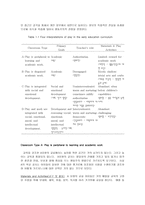
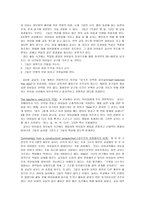

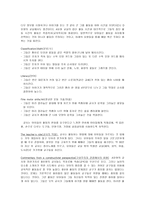

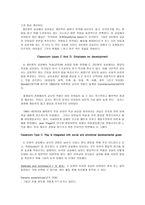
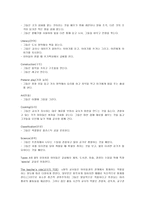

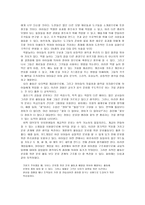
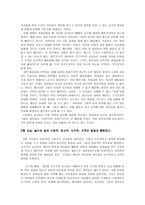
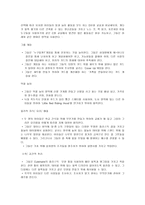
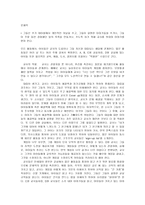

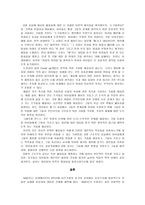
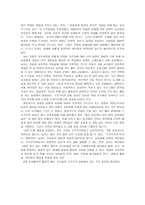
 분야
분야

